Balthild Seal Matrix
This unusual 7th-century Frankish seal offers more questions than answers about its past.
The Norwich Castle Museum and Art Gallery has a curious old artifact in its collection. The two-sided gold seal, which shows a woman’s face on one side and two naked lovers embracing beneath a cross on the other, has yet to reveal the secrets of its past.
The Balthild Seal Matrix is a unique double-sided gold seal. It was originally attached to a ring, where it would’ve swivelled on the bar that still runs through its center. The style of its engravings suggest an early Anglo-Saxon date of approximately 648 AD.
The erotic scene of the two nude figures makes this object unique for this period in English history. According to the Norfolk Museums Collections, its depiction of the man and woman having sex raises more questions than answers.
But it’s the side with the woman’s face on it that gives potential clues as to the seal’s origins. Her image is surrounded by the letters “BALDEHILDIS” in Frankish lettering. Seal rings of this date are rare and typically belonged to important people such as royals, nobles, and bishops. Thus it could be a depiction of Balthild, a 7th-century Frankish queen.
History represents her as an Anglo-Saxon of elite birth who, as a young girl, was sold as a slave to serve in the household of Erchinoald in the Kingdom of the Franks (now France). Balthild’s beauty and intelligence gained her the admiration of the Frankish King Clovis II. He married her and freed her from slavery. Balthild, who remained modest and was famous for her generosity, founded a monastery at Chelles in France and was made a saint after her death.
The unusual artifact was discovered in a field in Postwick in Norfolk in 1999. Its location raises the question of why and how it wound up in East Anglia (which is now eastern England). It may have been that an overseas representative of Balthild had worn the ring as a form of identification. It has also been suggested the seal was sent to Balthild’s kin, who remained in the area, after her death.
Some speculate the seal may have belonged to a different Baldehildis entirely. Skeptics dispute that Saint Balthild’s face is the one pictured on the seal and theorize it’s a design copied from a Byzantine coin.

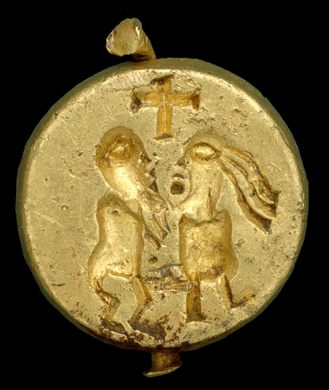


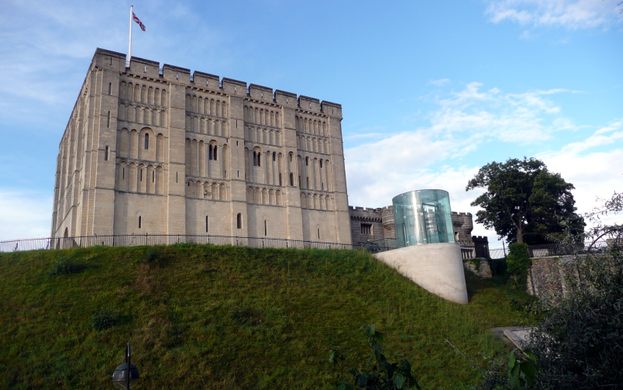







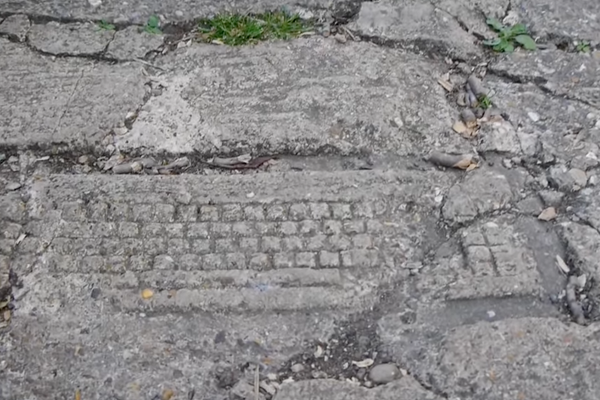

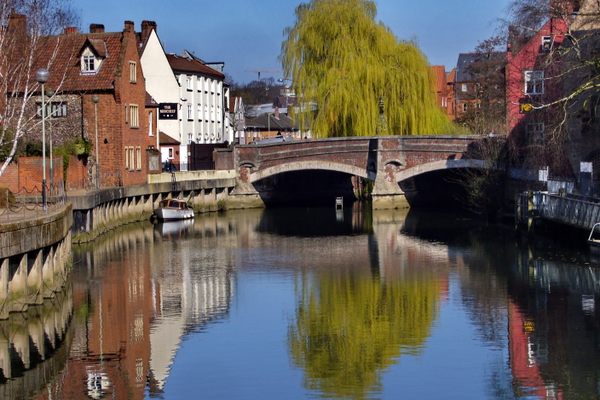


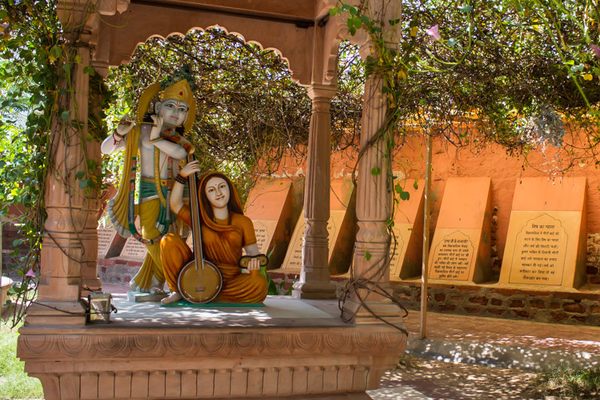


Follow us on Twitter to get the latest on the world's hidden wonders.
Like us on Facebook to get the latest on the world's hidden wonders.
Follow us on Twitter Like us on Facebook